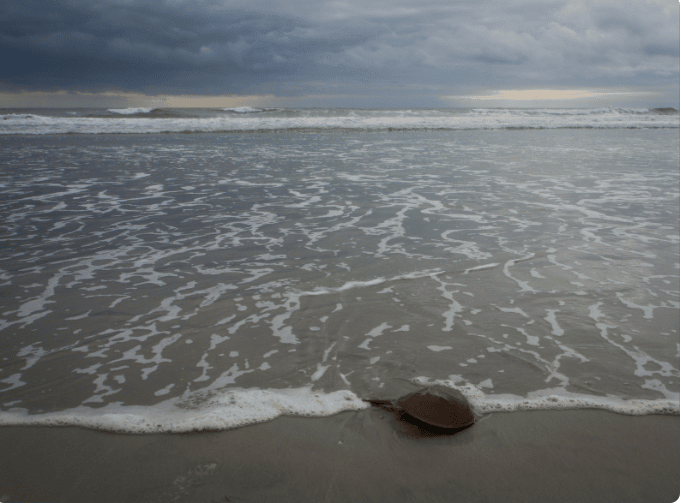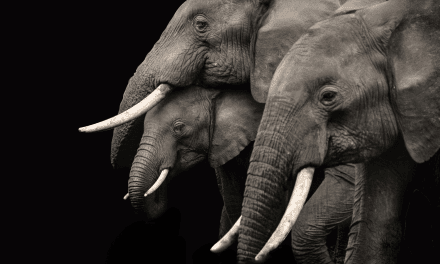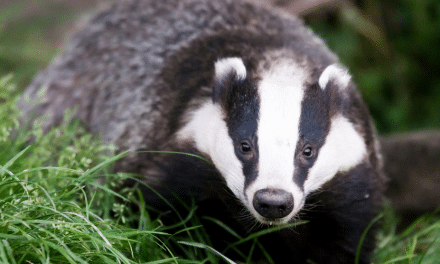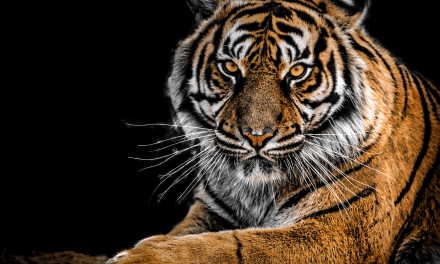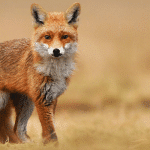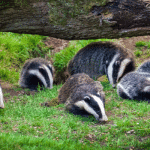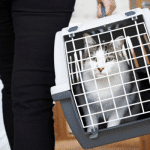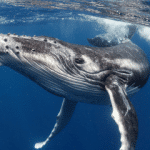By Mia Puplett
Whilst many people might recognise the horseshoe crab’s alien-like appearance, few know that these animals are used in huge numbers in medicine. Horseshoe crabs, which are prehistoric – dating back more than 400 million years – are vital in maintaining food chains within their habitats. But despite their importance, they enjoy next to no legal protections. In this piece, we will discuss what exactly they are used for, what regulations are in place, and what could be done to help them.
There are four types of horseshoe crabs found across the globe: the tri-spine, costal, and mangrove horseshoe crabs are located within Asia, and the Atlantic horseshoe crab is located along the east coast of North America. Horseshoe crabs are not actually crabs, but are invertebrates more closely linked to arthropods (spiders). It’s possible the common sentiment of invertebrates as ‘unfeeling’ has contributed to their lack of protections under the law.
Of the four types, the tri-spine and the Atlantic horseshoe crabs are mainly used for medical matters. Horseshoe crabs have valuable blood, especially in vaccine development, so their usage became important on a global scale recently as a result of the Covid-19 pandemic and vaccine. Horseshoe crabs’ blood cells contain amoebocytes that detect bacteria. When bacteria is detected, blood clots from the horseshoe crab form around said bacteria, essentially trapping it. As a result, pharmaceutical companies across the world use the crabs to test new vaccines.
The process is fairly simple: the blood is extracted from the horseshoe, then placed with the vaccine solution to test for the presence of dangerous bacteria before administering to humans. This is known as the endotoxin test, with around 70 million tests performed per year. Scientist Fred Bang made the discovery in the 1950s of the gel-like substance created when the blood detects bacteria.
Thus, horseshoe crabs are useful for human well-being, but what about the crabs’ well-being? Dr Richard Gorman (University of Exeter) has examined the effects of the medical bleeding of the Atlantic horseshoe crabs after their release. The crabs are kept out of water for most of the time they are used, which is very harmful as they are ocean-based animals. They are also strapped down when the blood is taken, which causes stress, and can often lead to them being crushed. It is thought that, to obtain the blood, a needle is stuck into the crab’s heart, and 25-40% of the animal’s supply of blood is removed. When released, many horseshoe crabs tend to die (estimated 8-30%), while surviving females refrain from reproducing as a result of the stress and massive blood loss.
Clearly, there are significant concerns about both crab mortality and welfare, including an indirect impact upon other animals in the food chain who rely upon the horseshoe crab for sustenance. For example, various types of shorebirds feed off of horseshoe crab eggs, but due to the lack of reproduction, these birds also face a threat.
The Atlantic horseshoe crab has been listed as ‘vulnerable to extinction’ and the tri-spine horseshoe crab as ‘endangered’ by the IUCN Red List of Threatened Species. The tri-spine horseshoe crab is mainly located around China, and has recently been given Class II status for protected species as a result of the reduction in their numbers, falling under China’s ‘List of Wildlife under Special State Protection’. This provides some protection from overfishing and loss of habitat.
There are issues in the shift from provincial-based protection to national protection. In some places such as Jiangsu, it has been legal to fish for horseshoe crabs if a permit is obtained. In light of new national regulations, the process of getting the permit will likely become more difficult, and illegal fishing will result in a fine (the amount has also been raised). Although the tradition and custom of fishing for horseshoe crabs in the region’s culture may threaten change, it is a positive step for China to recognise horseshoe crabs under their list of animals requiring special protection. It is hoped that the new rules can be maintained across the country.
In America, horseshoe crab bleeding is also rife, especially in South Carolina. The company Charles River Labs has bled crabs for three decades, taking an estimated 150,000 from the shores each year (this is an informed estimate since such information is not released to the public). In April, Charles River was denied access to harvest along one of the biggest estuaries in South Carolina. This surprising change in the established ways offers some hope that better protection of horseshoe crabs might be happening. In addition, the National Wildlife Federation and 53 other environmental organisations came together to push for the protection of horseshoe crabs. People within the legal world also speaking out on the matter: Lindsay Dubin, attorney at Defenders of Wildlife, stated the capturing creates a ‘present danger’ and Catherine Wannamaker regarded the process as ‘illegal and should not be allowed to continue’.
What else can be done to protect these animals? The RSPCA has put forward a solution for synthetic alternatives, although there is some debate as to their efficacy on detecting endotoxins. However, more pressure should be put on pharmaceutical companies to test different methods. New legislation promoting synthetic alternatives and protection for horseshoe crabs would also be a welcome development.
Legal regulations need to be sufficiently strong to protect horseshoe crabs, both to ensure the long-term survival of the species and to ensure that, whilst used, due consideration is given to their welfare needs. China’s new regulations will be interesting and important to watch play out, as will be the consequences of running afoul of them. The risk of extinction should surely accelerate efforts to protect horseshoe crabs and, ideally, transition from their use in pharmaceuticals. It is in all our interests to recognise the value of and advocate for this often-overlooked animal.
Sources:
Animal Welfare (Sentience) Act 2022
Alex Madrigal, ‘The Blood Harvest’, 2014, The Atlantic The Blood Harvest – The Atlantic
Southern Environmental Law Center, ‘Horseshoe crabs protected from further harvesting in ACE Basin’, 2022, SELC Horseshoe crabs protected from further harvesting in ACE Basin – Southern Environmental Law Center
Southern Environmental Law Center, ‘Conservation organizations file motion to suspend horseshoe crab harvest’, 2021, SELC Conservation organizations file motion to suspend horseshoe crab harvest – Southern Environmental Law Center
Kit Kwan, Mark Botton, Paul Shin, ‘A program for implementing effective regional conservation actions for the Asian Horseshoe Crabs’, 2021, IUCN A program for implementing effective regional conservation actions for the Asian Horseshoe Crabs | IUCN
Gao Baiyu, ‘Can new protections save China’s horseshoe crabs’, 2021, China Dialogue Ocean Can new protections save China’s horseshoe crabs? | China Dialogue Ocean
Neel Dhanesha, ‘How the Race for a COVID-19 Vaccine Jeopardizes East Coast Shorebirds’, 2021, Audubon Magazine How the Race for a COVID-19 Vaccine Jeopardizes East Coast Shorebirds | Audubon
Meshal DeSantis, ‘National Wildlife Federation Calls for Increased Horseshoe Crab Protections’, 2021, National Wildlife Federation National Wildlife Federation Calls for Increased Horseshoe Crab Protections (nwf.org)
Chloe Stevens, ‘Wild animals used in vaccine tests: What’s being done to help’, RSPCA Wild animals used in vaccine tests: What’s being done to help – RSPCA

